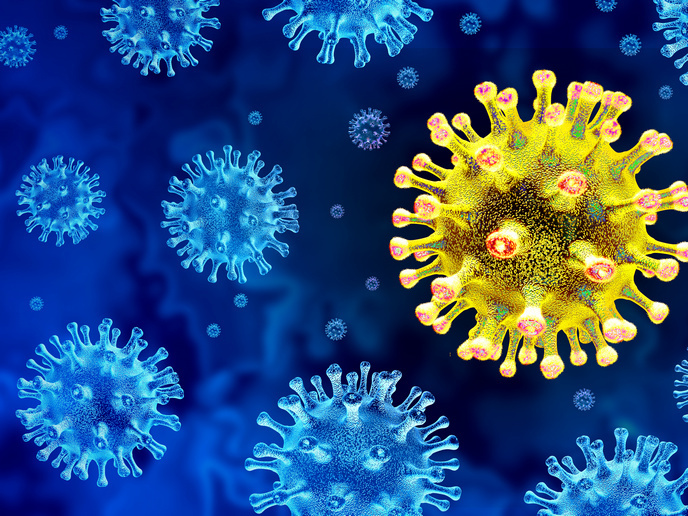Nanotech for neurodegenerative disease diagnosis
Neurodegeneration is a major health issue in Europe with millions of individuals suffering from dementia or Alzheimer’s disease. These diseases most often have a slow evolution but the impact on the sufferers and their families is immense. Since there is no cure for the damage caused by neurodegeneration, early diagnosis is the only means of slowing down its progression. Medical diagnosis is currently undergoing a major revolution due to the fast discovery of molecular biomarkers. Using a non-invasive approach to detect markers associated with neurodegeneration would considerably improve the outcome of sufferers. The primary objective of the EU-funded NADINE (Nanosystems for the early diagnosis of neurodegenerative diseases) project was to generate diagnostic tools for determining the onset of neurodegenerative diseases. The idea was to develop a system that uses a small volume of blood or serum in samples to detect neurodegeneration-associated biomarkers. This was an extremely challenging goal given the low concentration of these markers in the early stages of neurodegeneration. Researchers utilised miniaturisation techniques and developed novel nanotechnologies in combination with advanced biochemical protocols. To achieve the required sensitivity, they generated novel magnetic nanoparticles with custom-made antibodies and fine-tuned the assay protocol towards an immunoprecipitation-based enrichment step. Detection of the enriched markers occurred by four different technologies, namely fluorescence microarrays, mass spectrometry, micro droplet array, and electrochemical assays. Regarding the hardware, the consortium fabricated microdevices from polymer materials that contained fluidic control hardware and operated on sophisticated software. Validation of the prototype device took place using non-clinical and clinical samples and results demonstrated the realisation of diagnostically relevant limits of detection. The NADINE system could clearly distinguish between different diagnostics groups, showing the potential to provide answers rapidly, cost-effectively and with less sample volume. Overall, the NADINE approach emphasised the significance of using sophisticated biochemistry combined with nanotechnology to provide next-generation medical diagnostic tools. These should contribute to the studying and understanding of neurodegenerative diseases, allowing for the design of novel therapeutics.
Keywords
Neurodegenerative disease, nanotechnology, biomarkers, microarray, mass spectrometry







